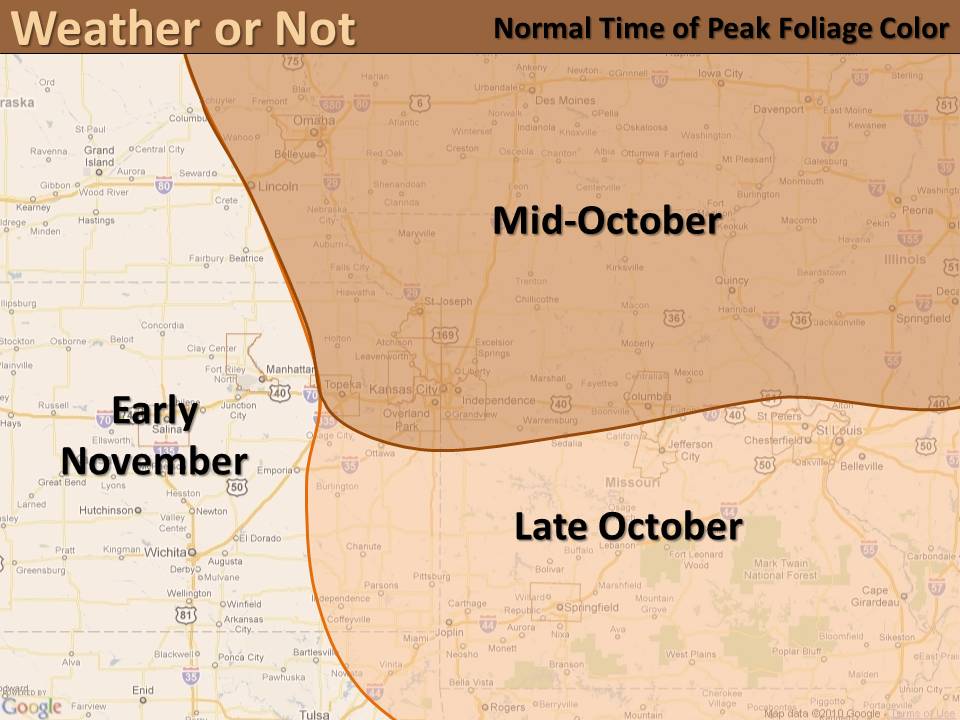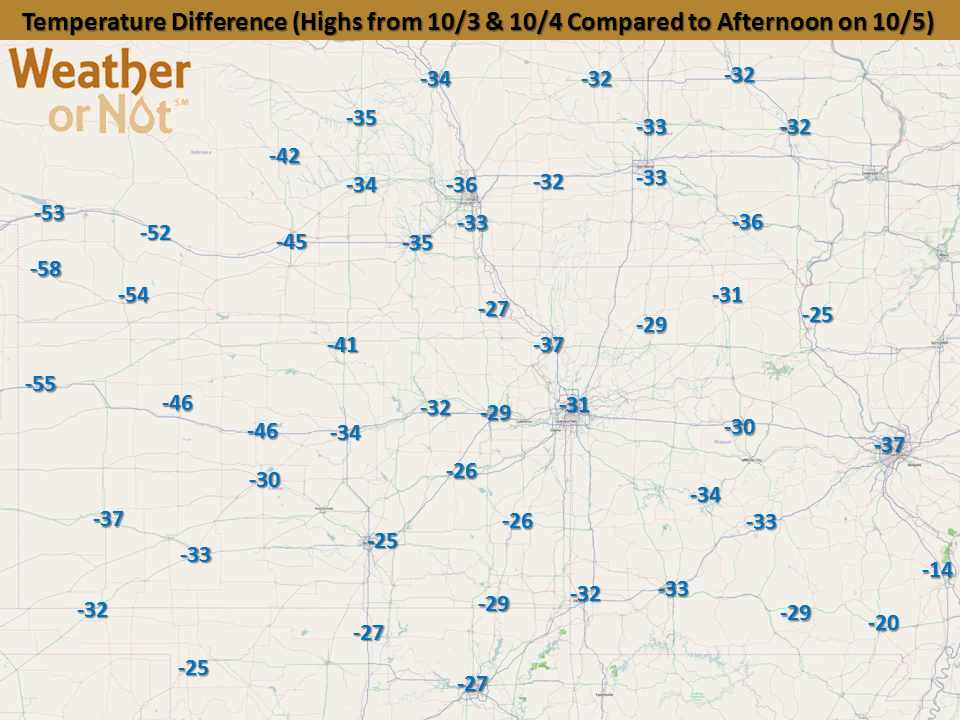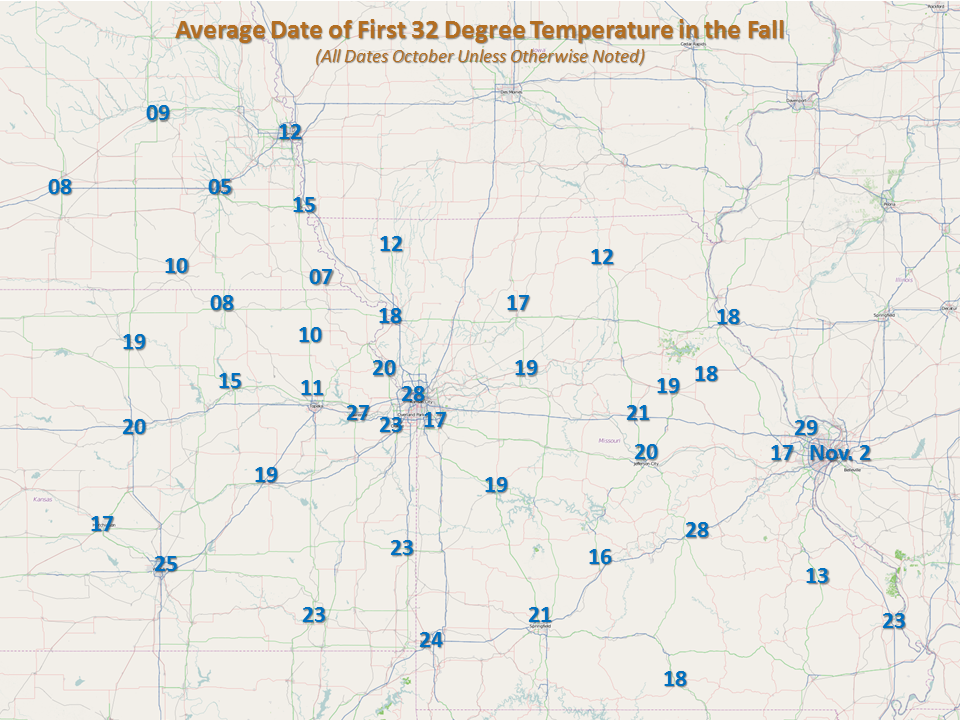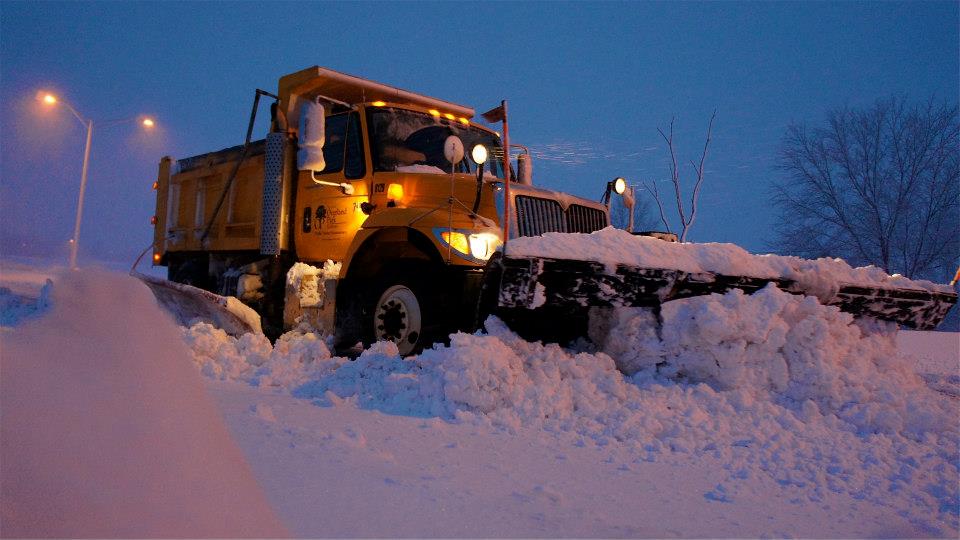 Kansas City has been walloped by back-to-back storms that brought the city to a standstill. Schools, colleges, businesses and entire shopping malls were closed in both events that occurred less than a week apart from each other. The 20.3″ between Thursday, February 21 and Wednesday, February 27 were the 2nd snowiest seven days in the Kansas City record books which date back to 1888.
Kansas City has been walloped by back-to-back storms that brought the city to a standstill. Schools, colleges, businesses and entire shopping malls were closed in both events that occurred less than a week apart from each other. The 20.3″ between Thursday, February 21 and Wednesday, February 27 were the 2nd snowiest seven days in the Kansas City record books which date back to 1888.
The first event in Kansas City dumped 9.3 inches of snow (9.2 inches on February 21 and 0.1 inches on February 22) much of which came between 8am-12pm when snowfall rates peaked as high as 3 inches per hour and was accompanied by thunder! The 9.2 inches in a single day ranks 5th highest for the month of February. The situation turned dire within an hour of the start of the snow. Traffic log jams created by stranded motorists were everywhere. Even causing I-35 and highway 69 to close. As a result, snow plows were immobilized across the metro and in some instances causing ambulances and other first responders from getting where they needed to go.
Crews worked tirelessly on Friday and through the weekend. Their purpose was the find a new home to the snow piles before the next blizzard-like blast arrived. The next record breaking snow ramped up Monday night while most folks slept. Heavy wet snow accompanied by thunder continued through the morning hours on Tuesday, February 26th. Snow crews were battling again clearing more than 9 inches of snow that finally ended the following day. The three calendar day total for the event was measured at 11.0″ at the official observation station for Kansas City, the Kansas City International Airport.
While the chilly blast this weekend could bring spurts of flurries or light snow, no more records are expected to be set this week…
The 7 day period of February 21-27, 2013 resulted in 20.3″ of snow for KC!
The Snowiest 7-Day Periods on Kansas City Record (since 1888)
1) March 18-24, 1912 (25.1″)
2) February 21-27, 2013 (20.3″)
3) January 14-19, 1962 (19.8″)
4) March 27 – April 2, 1926 (18.8″)
5) January 12-18, 1960 (17.3″)



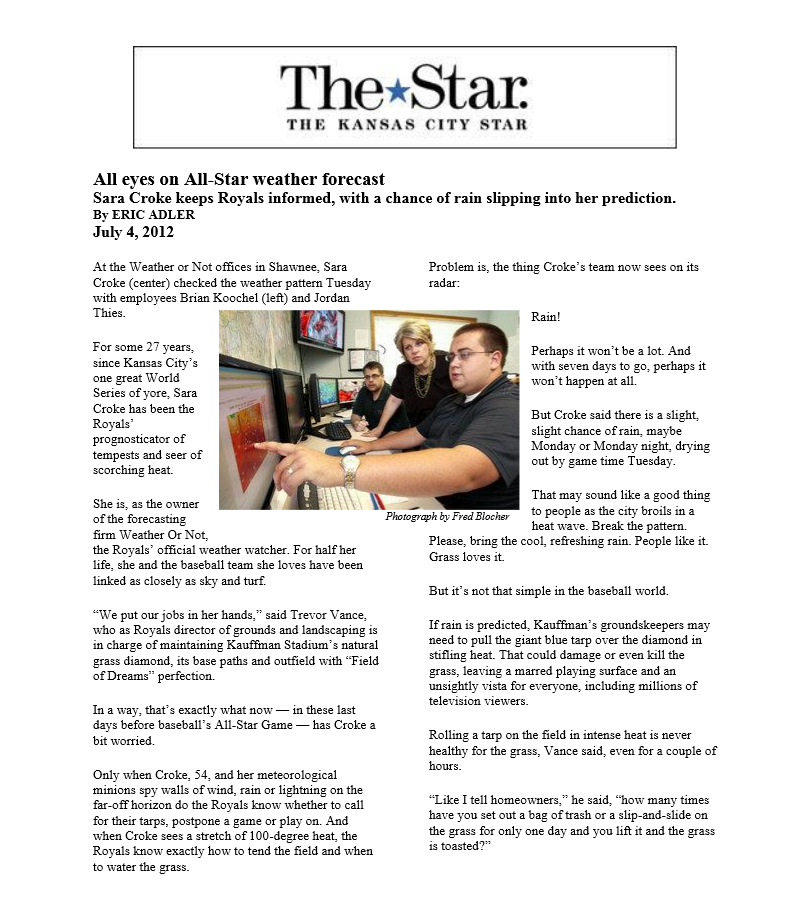
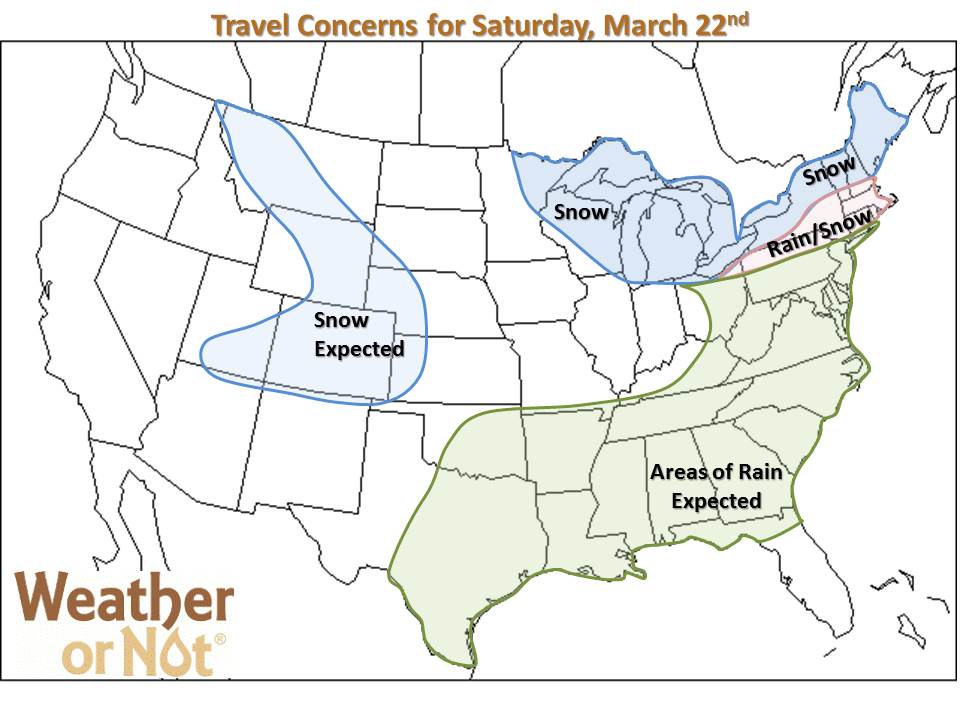
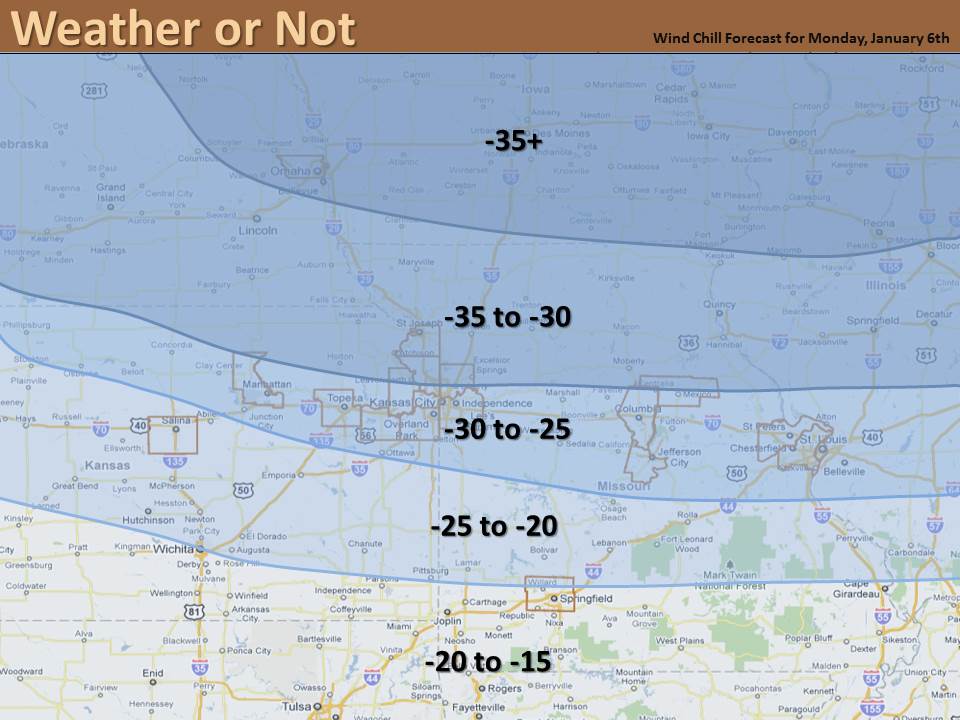
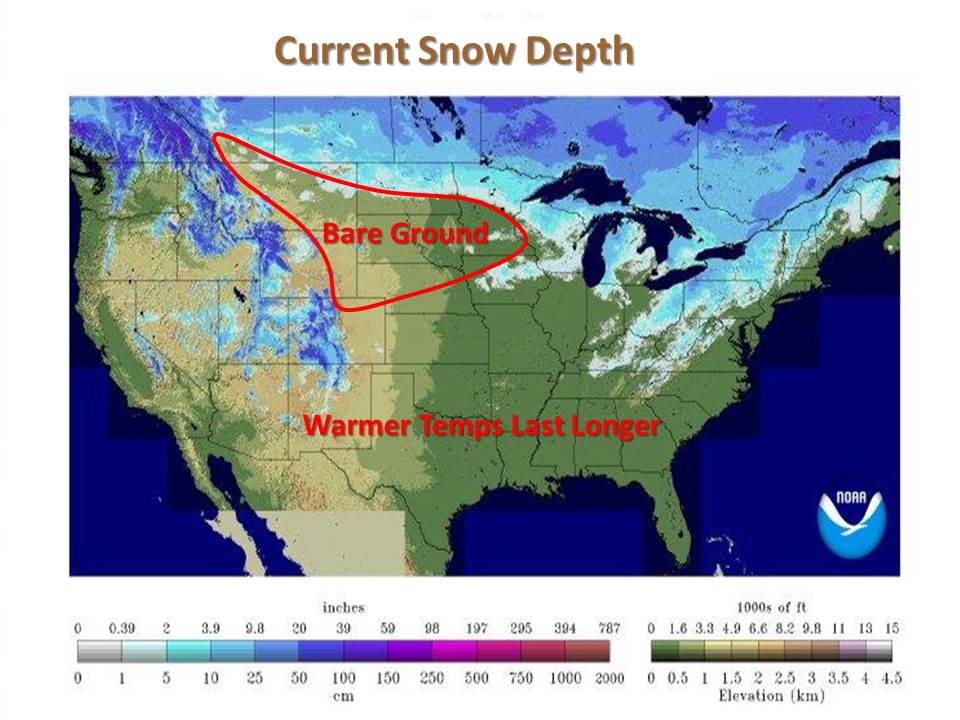
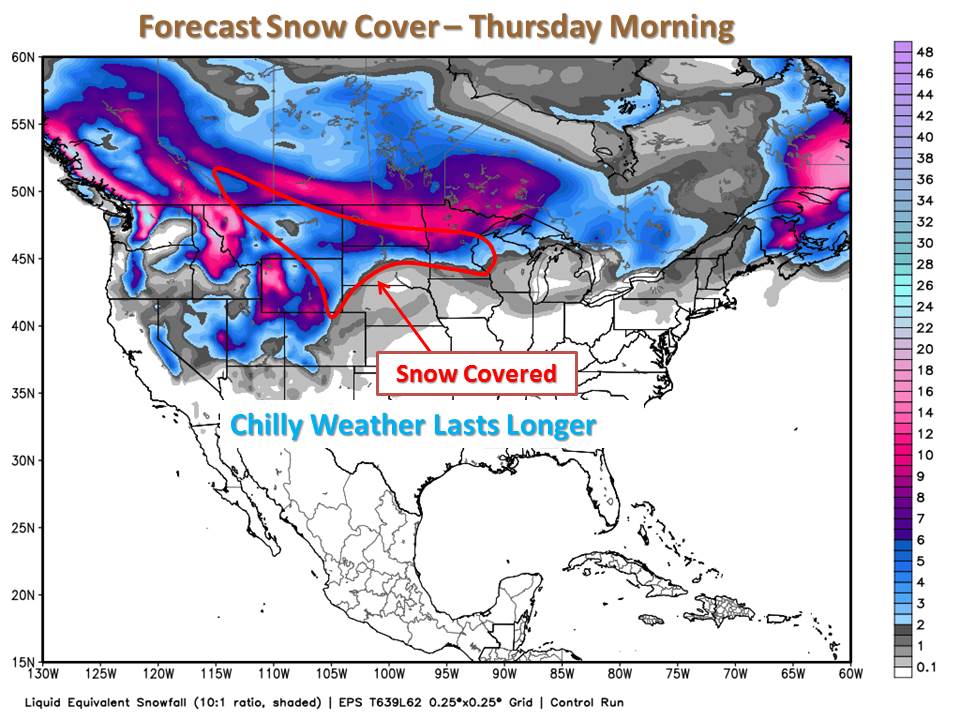
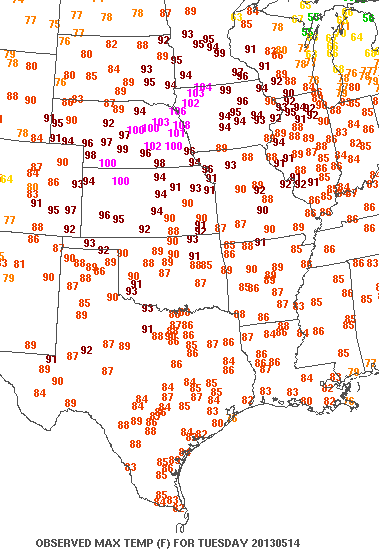
 Kansas City has been walloped by back-to-back storms that brought the city to a standstill. Schools, colleges, businesses and entire shopping malls were closed in both events that occurred less than a week apart from each other. The 20.3″ between Thursday, February 21 and Wednesday, February 27 were the 2nd snowiest seven days in the Kansas City record books which date back to 1888.
Kansas City has been walloped by back-to-back storms that brought the city to a standstill. Schools, colleges, businesses and entire shopping malls were closed in both events that occurred less than a week apart from each other. The 20.3″ between Thursday, February 21 and Wednesday, February 27 were the 2nd snowiest seven days in the Kansas City record books which date back to 1888.